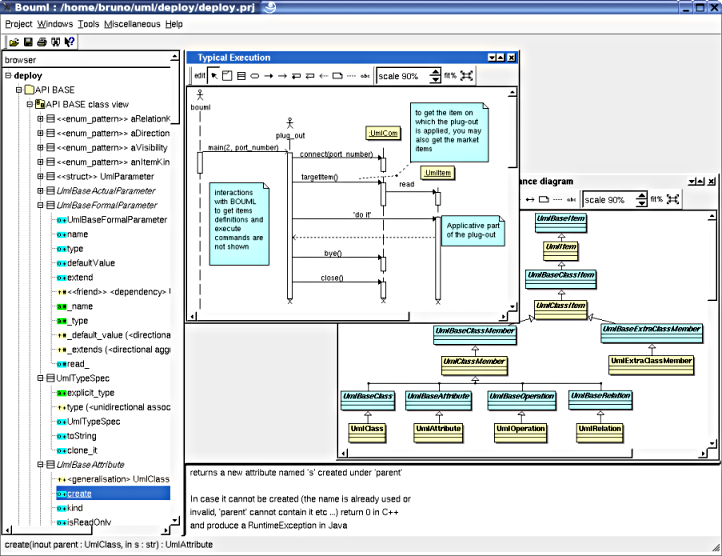

This needs to be understood and practiced by all involved parties in the buildings construction life cycle in order to be effective. In order to be effective and reliable BIM requires communication to be held centrally in a digital format. The construction industry is known for its hands on approach and reliance on verbal communication. Trust & co-operation throughout the project There needs to be a mindset and a commitment that this will get easier in the long term as change becomes ingrained in the daily operations of the business. As whenever learning something new, it means the process may take longer to start off with as people undertake training and then essentially learn on the job. Training & staffĪn investment of time and resources in training will be required to embrace BIM. It needs to be seen as a long term investment for the business, with returns increasing over a period of time, rather than expecting sizable cost savings and benefits on the first project.
DISADVANTAGES OF BOUML SOFTWARE
Disadvantages of BIM Modelling software requiredīIM is a digital process that requires an investment in software and computer resources. In addition new greener technologies can be introduced and the impact of them measured, this benefits not only the live construction project but it also provides data for future builds. BIM helps to reduce wastage for example in plumbing and electrical entire plans can be drawn up in advance to minimise materials and resources onsite. The construction Industry is driven to lowering it’s carbon footprint, however the machinery and resources required can often make this difficult. This is in stark contrast to before BIM where budgets notoriously ran over in the last stretch as the knock on impact of decisions caught up with reality. With BIM you can have sight on the whole project, and as data is entered per commodity it allows users to see where budgets might overrun ahead of time, and make adjustments accordingly. Improved health & safetyĬonstruction is one of the most dangerous industries to work in within the UK- There were 40 fatal injuries in 2019/20 with 61,000 non-fatal injuries reported on average each year ( Health and Safety Executive November 2020).īIM will flag areas and construction stages with high risk, which in conjunction with strict adherence to health & safety policies helps to minimise the number of health & safety incidents. This in turn, will help to save costs as efficiencies are driven through the project so that all parties can benefit. As BIM facilitates dynamic data, it means that clashes can be detected between different trades and sub contractors, helping to streamline work scheduling and avoid ‘dead’ time on site. Nobody wants to arrive onsite to realise that the site isn’t ready for them, it is expensive and unnecessary. BIM facilitates this easily through the planning stages, helping to keep parties engaged in the process and enabling any concerns to be easily addressed before work starts onsite.

In commercial and industrial building construction, there are usually a number of stakeholders involved, each eager to visualise the end result.

This is far quicker than having to refer back to original architectural drawings and then exploring the knock on impact with different contractors individually. What this means is, that if a contractor wants to explore a change of material or layout of one component, the impact can then be seen across the rest of the building. Dynamic monitoring of changes in designīIM is a data led process that allows it to be digitally dynamic. This means that decisions can be made quicker, fewer mistakes are made due to lost data in communication trails and improvements can often be discovered along the way. From the design phase right the way through to the handover stage, contractors are able to communicate through an individual technology process. Related Articles: What is Building Information Modelling (BIM) Advantages of BIM Communication & teamwork throughout all stages of the construction processīIM enables teams to have a more coordinated approach to the construction of a building. With that in mind, we thought it would be helpful to lay out the advantages and disadvantages of BIM for the construction industry. However, as always there are some in the industry who are a little cautious of change – which is hardly surprisingly really, since it hasn’t had a shake up in a long time. The Scottish Government has actually integrated BIM into its strategy in order to achieve its carbon net-zero, apprenticeships and efficiency targets. The use of Building Information Modelling (BIM) is increasing rapidly, as the construction industry moves towards a more collaborative approach through the lifecycle of new buildings.


 0 kommentar(er)
0 kommentar(er)
